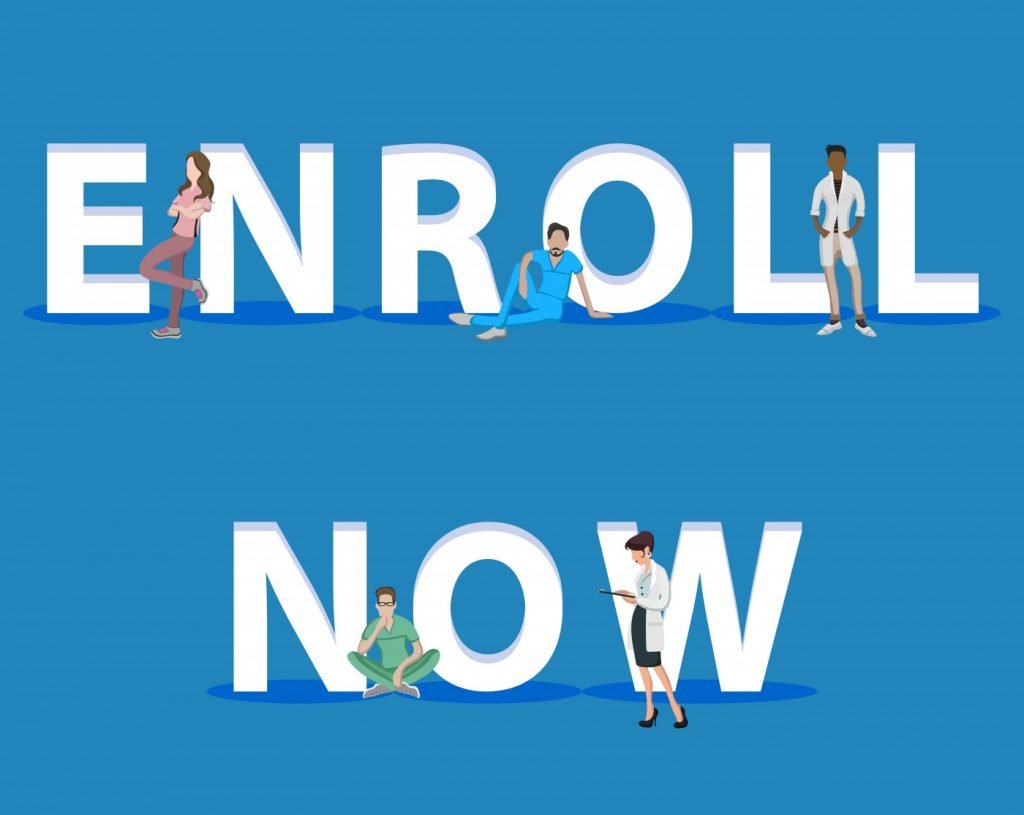CMT1A Patients Needed for Study Seeking New Ways to Monitor Disease Progression
Written by |

A new study is recruiting adults with Charcot-Marie-Tooth disease (CMT) type 1A to find better methods for measuring disease progression in this patient population, the Hereditary Neuropathy Foundation announced in a press release.
Named ACT-CMT, for Accelerate Clinical Trials in Charcot-Marie-Tooth Disease, the international research project also aims to determine the methods’ usefulness in monitoring treatment efficacy in clinical trials.
Led by David Herrmann, PhD, a professor of neurology, the study is taking place in the U.S. at three clinical sites: the University of Rochester, the University of Pennsylvania, and the University of Iowa.
Funded by the National Institutes of Health (NIH), the project is recruiting people with CMT1A, ages 18-75. Enrollment is already complete at the University of Pennsylvania site.
The participants will be followed for up to three years, with visits scheduled every six to 12 months. Travel expenses will be reimbursed and participants will be given an honorarium.
The study will include measures currently used to assess disease progression, including strength and sensation. Additionally, participants will be asked to evaluate how CMT1A affects their life by answering two questionnaires, the CMT Health Index and the Overall Neuropathy Limitation Scale (ONLS). The CMT Health Index queries participants on the symptoms that most impact their lives, while the ONLS is a disability questionnaire that measures limitations in everyday activities using the upper and lower limbs.
Functional abilities, including balance, walking, the ability to stand up from sitting in a chair, and coordinated hand and finger movements will be measured using the CMT Functional Outcome Measure (CMT-FOM).
The researchers also will conduct nerve conduction studies on one arm and one leg. Certain patients will undergo an MRI scan of the lower legs.
Other nerve tests will assess the function of the peripheral nerves (sitting outside the brain and spinal cord), such as those in the foot. This will be done by assessing an individual’s ability to feel the touch of a nylon monofilament, like a fishing line, and taking a microscopic photo of a small area in the hand to look into the skin and see nerve endings.
Those interested in participating at the University of Rochester site can contact Steffen Behrens-Spraggins by phone at (585) 275-5760 or by email. For the University of Iowa site, those interested may contact Alexa Bacha by phone (319) 467-5006 or by email.




